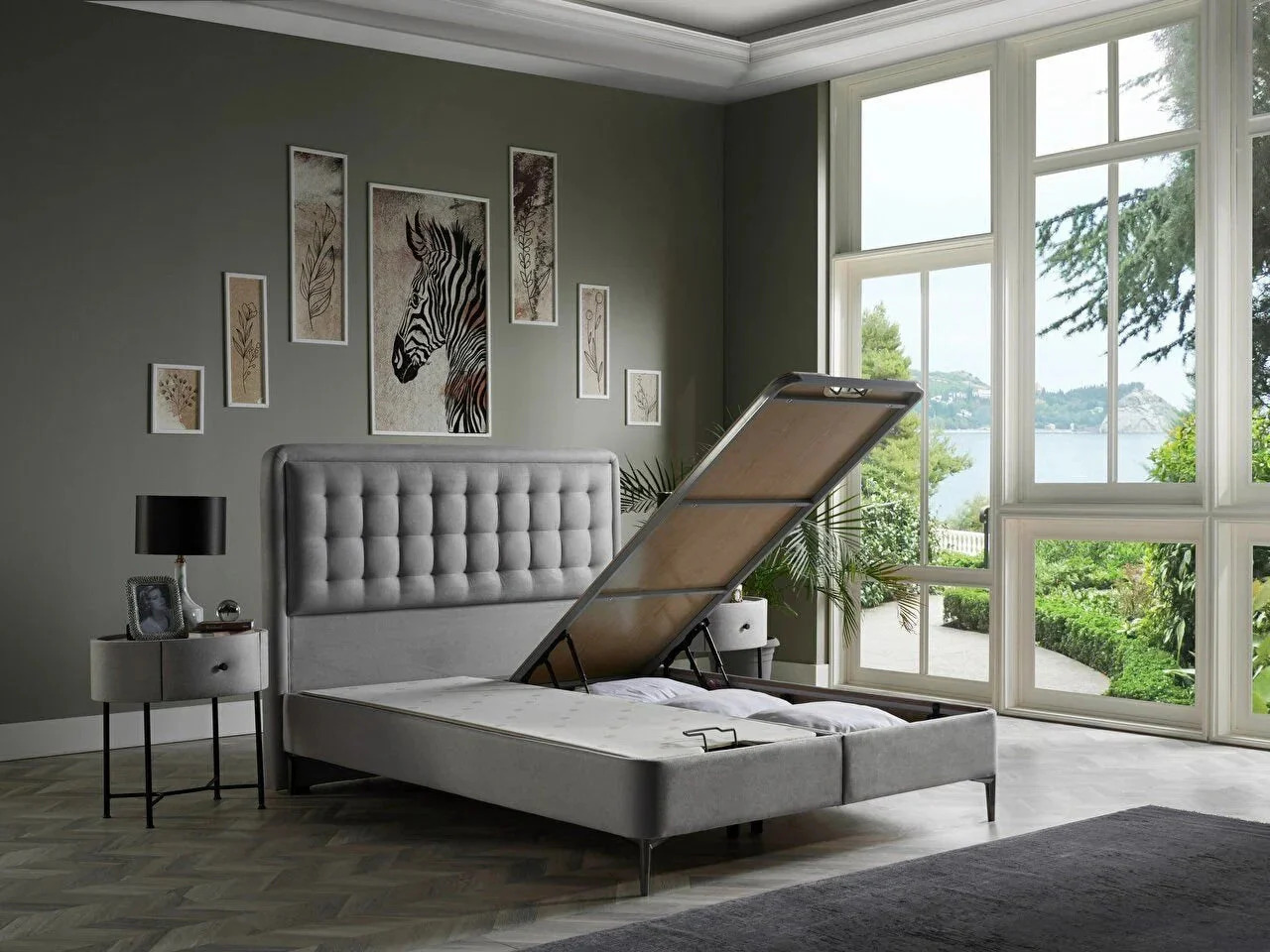
The rise of e-commerce has made it easier than ever to find and purchase furniture that meets specific needs. Online platforms offer a vast array of options, from foldable and modular pieces to tech-integrated solutions. Consumers appreciate the convenience of shopping from home, often benefiting from competitive pricing and home delivery services.
The evolution of furniture design is a fascinating journey that reflects changes in aesthetics, technology, and lifestyle throughout history. The earliest furniture, dating back to around 3215 BCE, was found in Skara Brae, Orkney, Scotland, with evidence of stone furniture such as cupboards, beds, and seating. In Ancient Egypt furniture was a luxury for the nobility, with pieces made from exotic woods and inlaid with ivory and gold. Influenced initially by Egyptian design, Greek furniture evolved to softer lines with less inlay and carving. The couch, or ‘kline’, was used for sitting by day and as a bed by night. In the medieval period, recognizable for its ornate wood carvings and stark, rectangular forms, furniture was functional and robust. Renaissance period saw furniture influenced by classical antiquities, with the burgeoning bourgeoisie demanding high-quality pieces. In the 18th Century the Rococo style emerged in Paris, characterized by dense ornamentation, fluid lines, and pastel colors. The Bauhaus Movement (1919-1933) introduced clean lines, functionality, and the use of new materials, setting the stage for modern furniture design.
Today’s furniture design emphasizes simplicity, functionality, and the use of new materials. It often reflects a minimalist aesthetic, focusing on neutral colors and clean shapes.
In the fast-paced world of interior design, one trend has been steadily gaining ground: the demand for functional furniture. As living spaces become more compact and lifestyles more dynamic, people are seeking furniture that not only looks good but also serves multiple purposes.
The global shift towards urban living has led to a significant reduction in living space, especially in city apartments. This has sparked an increased demand for multifunctional furniture that can adapt to various needs. From ottoman beds with built-in storage to expandable dining tables, the market is responding with innovative designs that are both stylish and practical.
Millennials, known for their preference for minimalism and efficiency, are a driving force behind the functional furniture trend. They favor pieces that reflect their modern, on-the-go lifestyle and often choose furniture that serves more than one purpose. As this demographic becomes a larger portion of the consumer market, their preferences are shaping the future of furniture design.
Looking ahead, the demand for functional furniture is expected to continue growing. With advancements in technology and materials, we can anticipate even more innovative solutions that cater to the evolving needs of consumers. Furniture that can change shape, integrate smart technology, and adapt to different uses will likely become the norm in homes and offices around the world. The rising demand for functional furniture is a reflection of our changing world. It’s a trend that’s not just about furniture, but about adapting to new ways of living.











